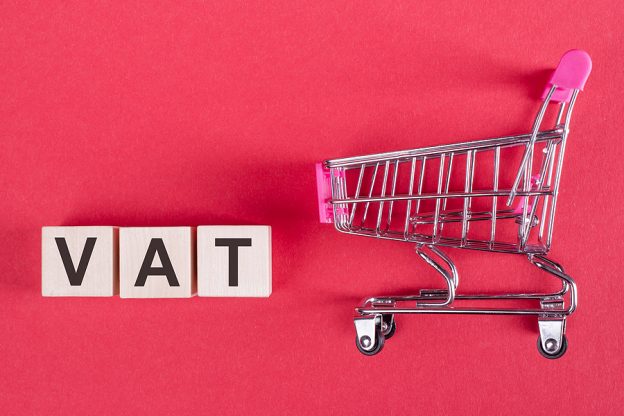
HMRC has been very clear about when each VAT rate applies. The confusion is calculating and reporting your VAT accurately when you may need to apply four different VAT rates to one time period.
VAT rates in the hospitality industry
The hospitality industry was hit very hard by the COVID-19 pandemic. To help, HMRC reduced the VAT rate for these businesses in July of 2020. To avoid a sudden return to 20%, they’ve staggered the rise to 12.5% for a few month, before moving back to the pre-pandemic 20% rate.
Here’s how much the rates are in each period of time:
- July 2020: 5% VAT
- 1st October 2021: March 31st 2022: 12.5% VAT
- April 1st 2022: 20% VAT
The VAT fraction for the current 12.5% is 1/9. This makes calculations of a non itemised bill quite simple. For example, VAT input tax claim on a £180 hotel room would be £20.
VAT suppliers can just change the VAT rate on their accounting software on the appropriate dates.
Some good news on the dates
It’s the date of the invoice that’s important here. You apply whatever the VAT rate is on the date of the invoice. It doesn’t matter is the goods or services aren’t going to be used until a later date.
The same is true for VAT on credit notes. You use the VAT rate that was originally charged, if something needs to be cancelled or altered after the date of a VAT rate change. As HMRC’s VAT Guide (VAT 700, section 18.2.5) explains: “The rate of VAT to be used for a credit or debit note is the one which was in force at the time of the tax point of the original supply.”
VAT Flat Rate Scheme
Some of you might be using the VAT Flat Rate Scheme (FRS). If you join this scheme, you pay a set rate of VAT to HMRC. You don’t claim back the VAT on what you buy (unless it’s a capital asset), but you keep the difference between the amount of VAT you charge customers and what you pay HMRC.
And there are changes here too, as a response to the pandemic.
On 1st October 2021, the VAT FRS rates went up for different types of businesses within the hospitality industry, as follows:
- Pubs: Up from 1% to 4%
- Hotels or accommodation: 0% to 5.5%
- Restaurants, takeaways and other catering services: up from 4.5% to 8.5%
Flexible accounting systems
As soon as HMRC introduce a new VAT rate, you must apply it immediately. This means that you need to have accounting systems that can adapt quickly and accurately.
HMRC’s advice is in the VAT Guide (Notice 700, paragraph 30): “When a VAT rate or liability is changed, it may have to be introduced at short notice. HMRC recommends that your accounting system (whether or not you use a computer) is designed to allow you to adjust to the change without difficulty.”
Alternatively, you can leave it up to us to sort out your VAT procedures and returns. We’ll also talk you through the pros and cons of using the VAT Flat Rate Scheme, if that’s something you think might be good for business.
VAT is tricky at the best of times. And HMRC has done a sterling job of implementing a whole range of supportive schemes to help businesses cope with the impact of the pandemic. This change in VAT rates was really helpful to many businesses in the hospitality sector.
But they’re now faced with putting everything back in its place, not a small task. As they do this, we all need to keep abreast of their changes in order to remain completely tax compliant.







